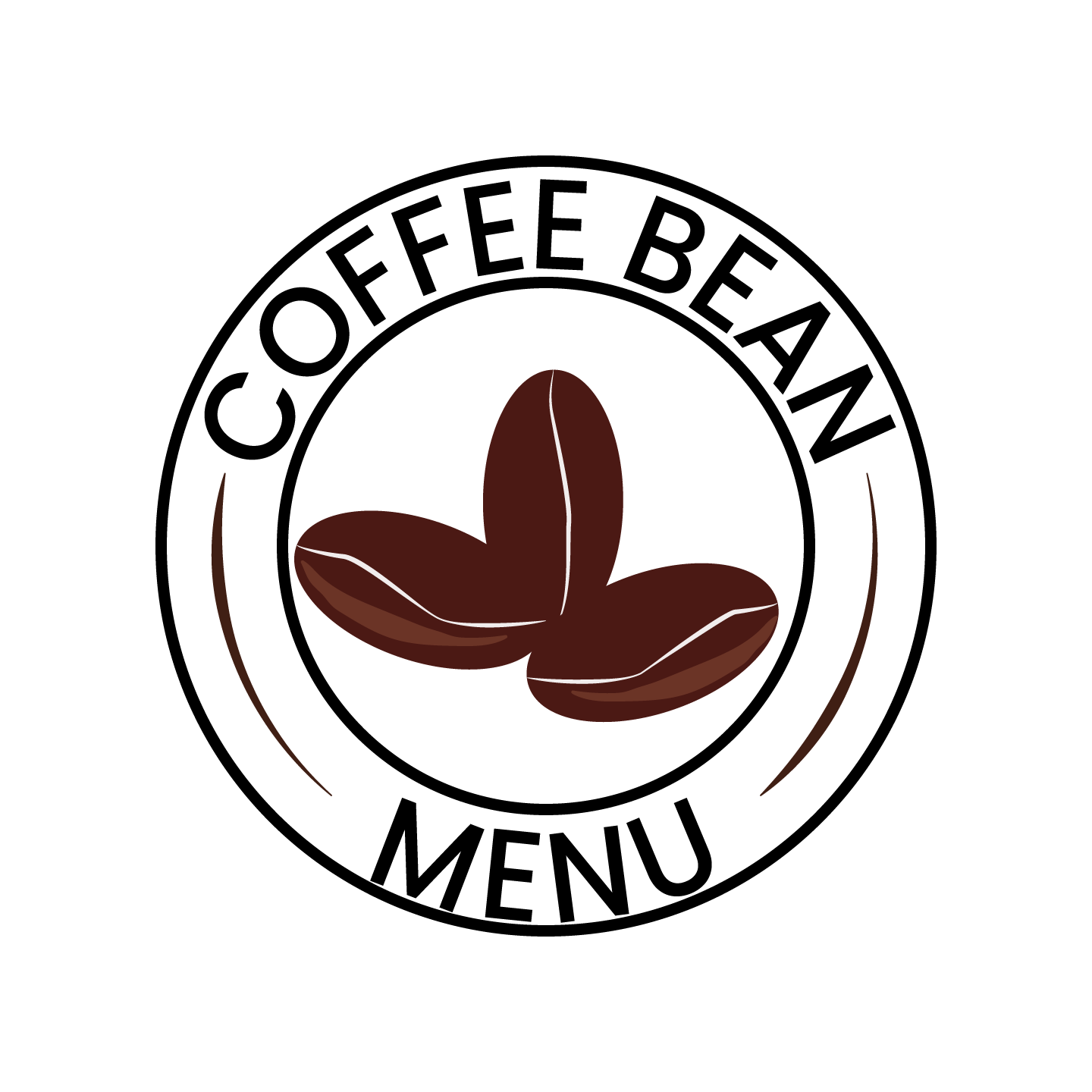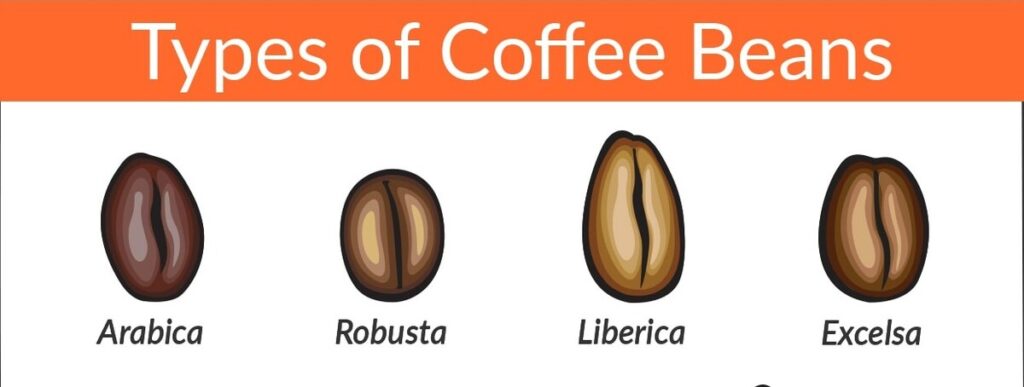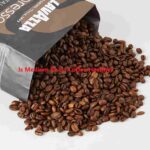How many types of coffee beans are there? Surprisingly, there are not just one or two, but four main types of coffee beans: Arabica, Robusta, Liberica, and Excelsa. Each type offers its own unique flavor profile, characteristics, and origins, making the world of coffee a rich and diverse landscape to explore. In this article, we’ll delve into the fascinating realm of coffee beans, uncovering the distinct qualities of each variety and sharing insights into their flavors and origins. But before we dive into the details, let’s address two common questions: What are the two most common coffee beans? What is the most popular coffee bean? We’ll also provide a handy coffee bean types chart for easy reference. So grab your favorite mug, brew yourself a fresh cup of coffee, and let’s embark on a journey through the wonderful world of coffee beans.
Exploring the Main Types of Coffee Beans:
a. Arabica: The Beloved Bean
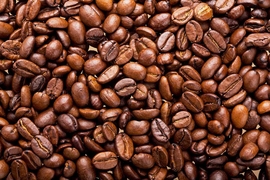
Arabica beans are often hailed as the gold standard of coffee beans, prized for their delicate flavors and pleasant acidity. Known for their smooth, complex profile, Arabica beans boast a wide range of flavors, from fruity and floral to nutty and chocolatey. These beans are typically grown at higher altitudes in regions such as Latin America, Africa, and parts of Asia. Some popular varieties of Arabica beans include Ethiopian Yirgacheffe, Colombian Supremo, and Kenyan AA. Whether enjoyed as a single-origin brew or blended with other beans, Arabica coffee is beloved by coffee enthusiasts for its nuanced flavors and versatility.
b. Robusta: The Bold Brew
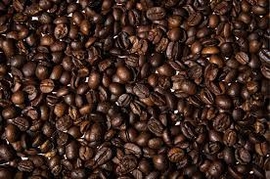
Robusta beans, as the name suggests, are known for their robust flavor and higher caffeine content compared to Arabica beans. With a stronger, more bitter taste profile, Robusta beans are often favored for their boldness and ability to add body to coffee blends. These beans are typically grown at lower altitudes in regions such as Africa, Southeast Asia, and Brazil. While Robusta coffee may lack the complexity of Arabica, it is prized for its earthy, woody flavors and thick crema when brewed as espresso. Popular Robusta varieties include Vietnamese Robusta and Ugandan Bugisu.
c. Liberica: The Unique Choice
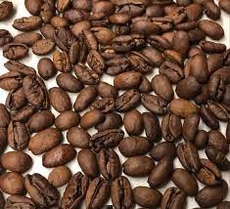
Liberica beans are less common than Arabica and Robusta but offer a distinctive flavor profile that sets them apart. Characterized by their large, asymmetrical shape and bold, fruity flavors, Liberica beans are often described as having a smoky, almost woody taste with hints of floral and fruity notes. These beans are primarily grown in West Africa, particularly in countries like Liberia, Ivory Coast, and Sierra Leone. While Liberica coffee may not be as widely available as Arabica or Robusta, it offers a unique and memorable drinking experience for those willing to seek it out.
d. Excelsa: The Exotic Option
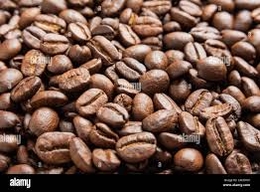
Excelsa beans, also known as Coffea excelsa or Coffea liberica var. dewevrei, are another lesser-known variety of coffee beans. Grown primarily in Southeast Asia, particularly in countries like the Philippines and Malaysia, Excelsa beans are prized for their bold, fruity flavors and unique aroma. Unlike Arabica and Robusta, Excelsa beans are often used to add complexity and depth to coffee blends, contributing notes of tartness and spice. While Excelsa coffee may not be as widely available as other varieties, it offers a distinctive and adventurous drinking experience for those seeking something new and exciting.
Coffee Bean Types Chart
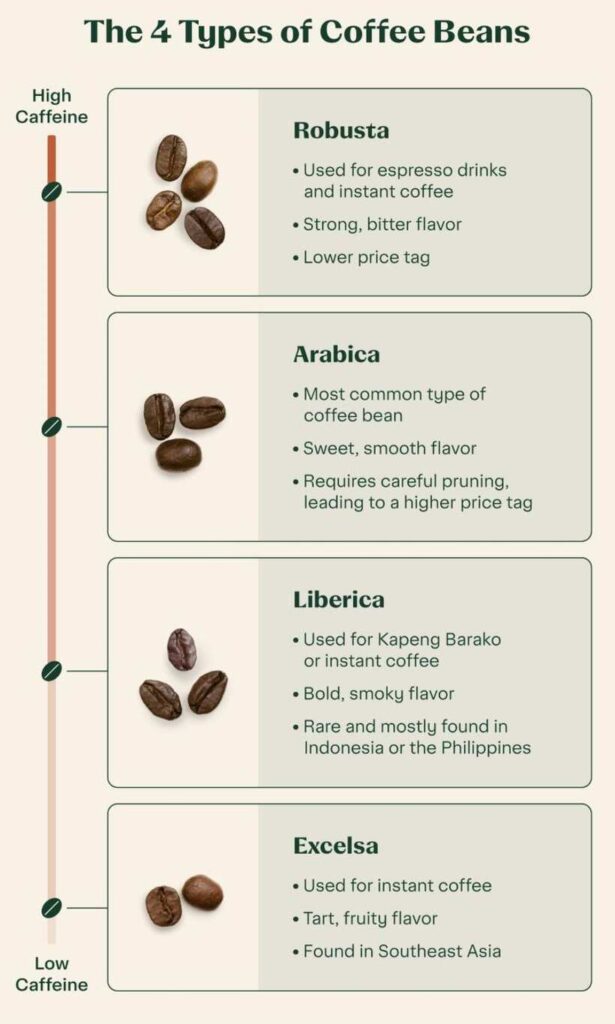
What are the two most common coffee beans?
The two most common coffee beans are Arabica and Robusta. Arabica beans are widely considered the gold standard of coffee, prized for their delicate flavors and pleasant acidity. They dominate the global coffee market, accounting for the majority of coffee production worldwide. Robusta beans, on the other hand, are known for their bold flavor and higher caffeine content compared to Arabica beans. While they are less esteemed than Arabica, Robusta beans are favored for their resilience and ability to thrive in diverse climates. Together, these two types of coffee beans form the backbone of the coffee industry, with Arabica representing the pinnacle of quality and Robusta providing a robust backbone for espresso blends and instant coffee. Whether enjoyed as a single-origin brew or blended together for a balanced cup, Arabica and Robusta beans are the cornerstone of the coffee-drinking experience for millions around the globe.
What is the most popular coffee bean?
Arabica is the most popular coffee bean worldwide. Renowned for its smooth, complex flavor profile and pleasant acidity, Arabica beans dominate the global coffee market, comprising the majority of coffee production. Coffee lovers appreciate Arabica for its nuanced flavors, which can range from fruity and floral to nutty and chocolatey, making it a versatile choice for a wide range of brewing methods. Arabica beans are typically grown at higher altitudes in regions such as Latin America, Africa, and parts of Asia, where the climate and soil conditions contribute to their exceptional quality. From specialty single-origin brews to meticulously crafted blends, Arabica beans are prized for their superior taste and aroma, making them the preferred choice for discerning coffee enthusiasts worldwide. Whether enjoyed as a morning pick-me-up or savored as an after-dinner indulgence, Arabica coffee continues to captivate and delight coffee lovers with its exquisite flavor and unparalleled quality.
Understanding the Differences
When it comes to coffee beans, understanding the differences between Arabica, Robusta, Liberica, and Excelsa is essential for choosing the right beans for your palate. Here’s a closer look at how these beans differ in taste, texture, aroma, and caffeine content:
- Taste Comparison: Arabica beans are prized for their smooth, nuanced flavors, ranging from fruity and floral to nutty and chocolatey. In contrast, Robusta beans have a stronger, more bitter taste profile with earthy and woody notes. Liberica beans offer a unique combination of smoky, fruity, and floral flavors, while Excelsa beans boast bold, fruity flavors with hints of tartness and spice.
- Texture and Aroma: Arabica coffee is known for its smooth, velvety texture and pleasant aroma, while Robusta coffee tends to have a thicker, more syrupy texture and a stronger, more pungent aroma. Liberica coffee has a medium to full body with a bold, aromatic scent, while Excelsa coffee offers a light to medium body with a fruity, spicy aroma.
- Caffeine Content: Arabica beans typically contain less caffeine than Robusta beans, making them a popular choice for those seeking a milder brew. Robusta beans, on the other hand, have a higher caffeine content, making them ideal for those in need of a stronger, more invigorating cup of coffee. Liberica and Excelsa beans fall somewhere in between, offering a moderate caffeine kick without overwhelming the palate.
How different beans affect brewing methods and preferences
The choice of coffee beans can also significantly impact brewing methods and preferences. Arabica beans are often preferred for drip coffee, pour-over, and espresso-based drinks due to their smooth, balanced flavors. Robusta beans are commonly used in espresso blends for their ability to produce a rich, creamy crema and bold flavor profile. Liberica and Excelsa beans are less common in mainstream brewing methods but can add depth and complexity to specialty blends and single-origin brews.
Personal Experience:
As a coffee lover, I’ve had the pleasure of experiencing the diverse flavors and aromas of different types of coffee beans. From the delicate nuances of Arabica to the bold intensity of Robusta, each variety offers a unique and memorable drinking experience. One of my favorite ways to explore different coffee beans is by brewing them using various methods, such as pour-over, French press, and espresso. I love experimenting with different roast levels and brewing techniques to unlock the full potential of each bean’s flavor profile.
Some of my most memorable coffee experiences have been tasting single-origin Arabica beans from Ethiopia and Kenya, with their vibrant fruity and floral notes, as well as indulging in rich and creamy Robusta espresso blends from Italy and Vietnam. While I haven’t had the opportunity to try Liberica and Excelsa beans as often, I’m always eager to expand my palate and discover new and exciting coffee flavors from around the world.
Exploring Specialty Coffee
In recent years, the specialty coffee industry has witnessed a surge in popularity as coffee enthusiasts seek out unique and high-quality beans from small-scale producers and specialty roasters. Micro-lot coffees and single-origin beans have become increasingly sought after for their distinct flavor profiles and traceability to specific regions and farms. Specialty blends, crafted by expert roasters, offer a curated selection of beans that highlight the best qualities of each variety, resulting in a truly exceptional drinking experience.
As coffee connoisseurship continues to evolve, there’s a growing appreciation for the diverse flavors and aromas that different types of coffee beans have to offer. Whether it’s the bright acidity of Ethiopian Yirgacheffe, the bold richness of Vietnamese Robusta, or the exotic complexity of Liberica and Excelsa, there’s a world of coffee waiting to be explored and enjoyed.
Conclusion
How many types of coffee beans are there? While there are four main types of coffee beans—Arabica, Robusta, Liberica, and Excelsa—the world of coffee is vast and diverse, with endless possibilities for exploration and discovery. Whether you’re a seasoned coffee aficionado or just beginning your coffee journey, I encourage you to venture beyond your usual brew and explore the rich tapestry of flavors and aromas that different types of coffee beans have to offer. With each sip, you’ll not only savor the complex nuances of the bean but also experience the cultural heritage and craftsmanship that goes into producing the perfect cup of coffee. So go ahead, pour yourself a cup of your favorite brew, and let your taste buds embark on a flavorful journey through the world of coffee.
